Hunting for dark matter in the smallest galaxies in the Universe
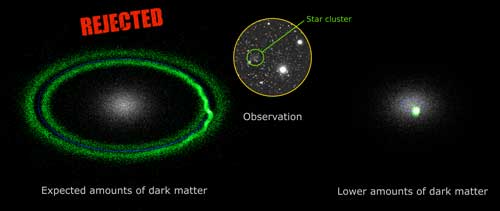 Astrophysicists have created a new method to measure the amount of dark matter at the centre of tiny dwarf galaxies.
Astrophysicists have created a new method to measure the amount of dark matter at the centre of tiny dwarf galaxies.
Apr 6th, 2018
Read more
 Subscribe to our Space Exploration News feed
Subscribe to our Space Exploration News feed
 Astrophysicists have created a new method to measure the amount of dark matter at the centre of tiny dwarf galaxies.
Astrophysicists have created a new method to measure the amount of dark matter at the centre of tiny dwarf galaxies.
Apr 6th, 2018
Read more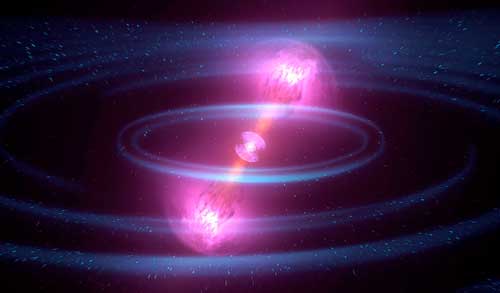 Blasts of gamma rays could give astronomers a way to measure the Universe?s first billion years.
Blasts of gamma rays could give astronomers a way to measure the Universe?s first billion years.
Apr 6th, 2018
Read more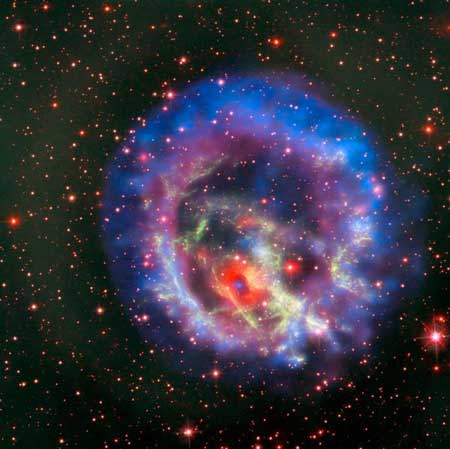 MUSE data points to isolated neutron star beyond our galaxy.
MUSE data points to isolated neutron star beyond our galaxy.
Apr 5th, 2018
Read more Researchers use supercomputers to estimate radiation risks for low Earth orbits.
Researchers use supercomputers to estimate radiation risks for low Earth orbits.
Apr 3rd, 2018
Read more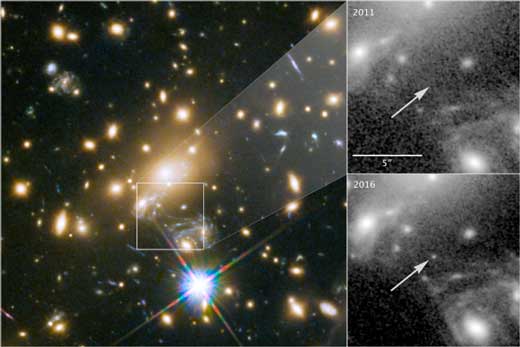 More than halfway across the universe, researchers have spotted an enormous blue star, nicknamed Icarus. It is the farthest individual star ever seen.
More than halfway across the universe, researchers have spotted an enormous blue star, nicknamed Icarus. It is the farthest individual star ever seen.
Apr 2nd, 2018
Read more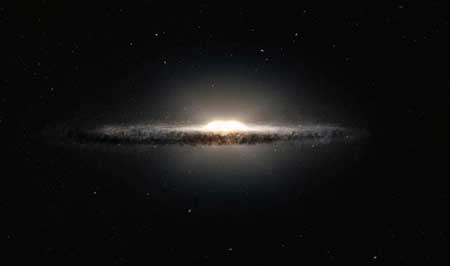 The first large-scale age-map of the Milky Way shows that a period of star formation lasting around 4 billion years created the complex structure at the heart of our galaxy.
The first large-scale age-map of the Milky Way shows that a period of star formation lasting around 4 billion years created the complex structure at the heart of our galaxy.
Apr 2nd, 2018
Read more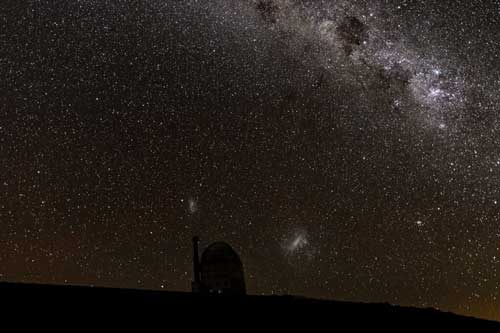 By identifying the chemical makeup of the gas, known as the Leading Arm of the Magellanic Stream, the researchers identified one branch as coming from the Small Magellanic Cloud.
By identifying the chemical makeup of the gas, known as the Leading Arm of the Magellanic Stream, the researchers identified one branch as coming from the Small Magellanic Cloud.
Mar 23rd, 2018
Read more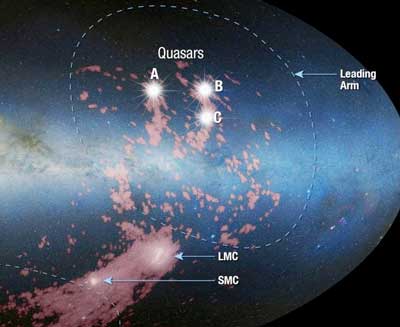 On the outskirts of our galaxy, a cosmic tug-of-war is unfolding-and only the Hubble Space Telescope can see who's winning.
On the outskirts of our galaxy, a cosmic tug-of-war is unfolding-and only the Hubble Space Telescope can see who's winning.
Mar 22nd, 2018
Read more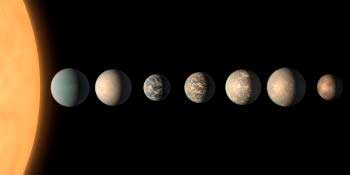 New software, called ExoPlex, allowed researchers to combine all of the available information about the TRAPPIST-1 system, including the chemical makeup of the star, rather than being limited to just the mass and radius of individual planets.
New software, called ExoPlex, allowed researchers to combine all of the available information about the TRAPPIST-1 system, including the chemical makeup of the star, rather than being limited to just the mass and radius of individual planets.
Mar 20th, 2018
Read more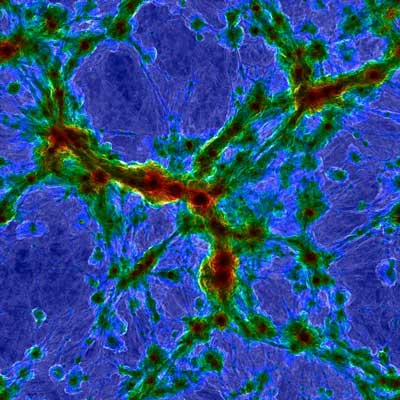 A multi-institutional team gives the cosmology community a world-class simulation to study how the universe formed.
A multi-institutional team gives the cosmology community a world-class simulation to study how the universe formed.
Mar 19th, 2018
Read more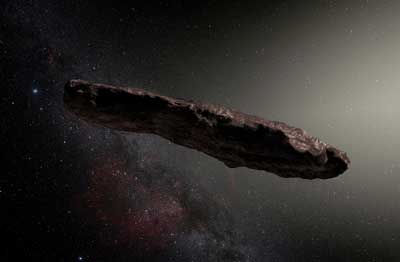 New research finds that 'Oumuamua, the rocky object identified as the first confirmed interstellar asteroid, very likely came from a binary star system.
New research finds that 'Oumuamua, the rocky object identified as the first confirmed interstellar asteroid, very likely came from a binary star system.
Mar 19th, 2018
Read more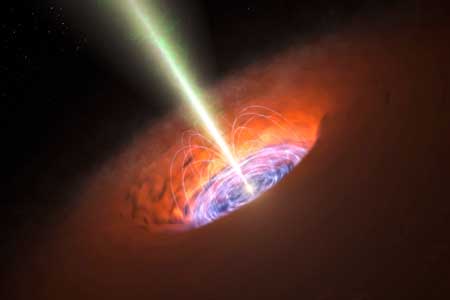 Signals suggest black hole emits a jet of energy proportional to the stellar material it gobbles up.
Signals suggest black hole emits a jet of energy proportional to the stellar material it gobbles up.
Mar 19th, 2018
Read more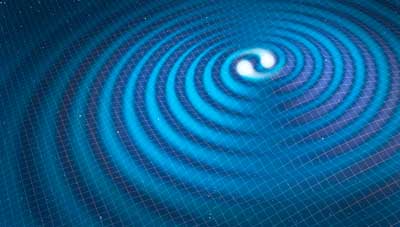 The observation of gravitational waves and light from a merging neutron-star binary system has allowed scientists to tighten constraints on the radius of a neutron star.
The observation of gravitational waves and light from a merging neutron-star binary system has allowed scientists to tighten constraints on the radius of a neutron star.
Mar 16th, 2018
Read more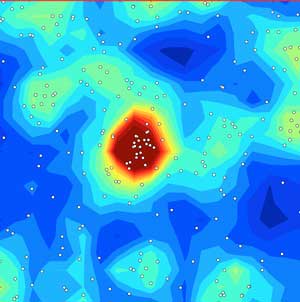 Astronomers found that quasars don't tend to reside in protoclusters; but if there is one quasar in a protocluster, there is likely a second nearby. This result raises doubts about the relation between protoclusters and quasars.
Astronomers found that quasars don't tend to reside in protoclusters; but if there is one quasar in a protocluster, there is likely a second nearby. This result raises doubts about the relation between protoclusters and quasars.
Mar 13th, 2018
Read more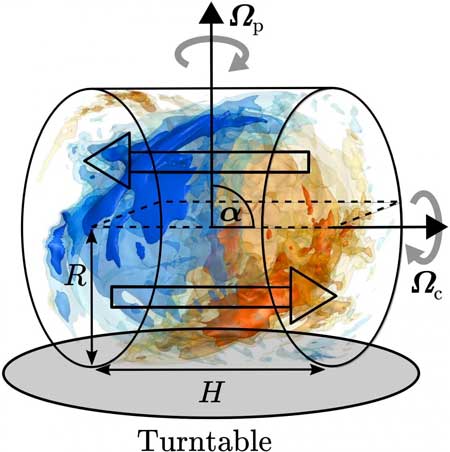 Precession sufficient to generate a magnetic field.
Precession sufficient to generate a magnetic field.
Mar 12th, 2018
Read more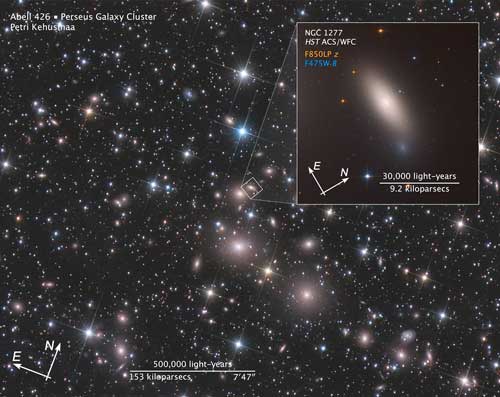 Astronomers have put NASA's Hubble Space Telescope on an Indiana Jones-type quest to uncover an ancient 'relic galaxy' in our own cosmic backyard.
Astronomers have put NASA's Hubble Space Telescope on an Indiana Jones-type quest to uncover an ancient 'relic galaxy' in our own cosmic backyard.
Mar 12th, 2018
Read more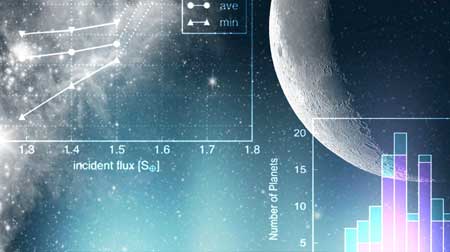 A new planet near the habitable zone around a bright cool star.
A new planet near the habitable zone around a bright cool star.
Mar 12th, 2018
Read more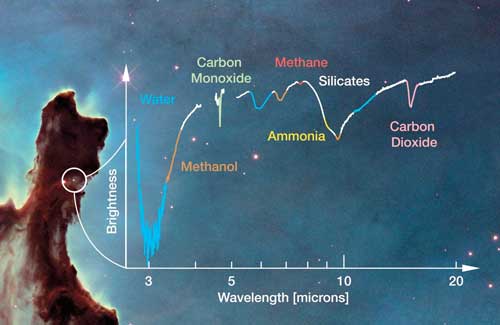 NASA's James Webb Space Telescope will peer into molecular clouds to gain new insights into the origin and evolution of water and other key building blocks for habitable planets.
NASA's James Webb Space Telescope will peer into molecular clouds to gain new insights into the origin and evolution of water and other key building blocks for habitable planets.
Mar 9th, 2018
Read more